FeatureStory Of An Icon: How ETA/Valjoux 7750 Became The Most Famous Chronograph Movement Ever
Even after almost five decades since its first release, ETA/Valjoux 7750 continues to capture the attention of watchmakers and collectors alike. Recognised for its simple yet durable architecture, the movement has been a part of countless prestigious watches. Here’s a look at its history and what makes it so special
May We Recommend
Any watch connoisseur worth their salt knows that the Valjoux 7750—now known as ETA 7750—is probably the most popular automatic chronograph movement of all time. First introduced during the 1970s, at the peak of the quartz crisis, the movement offers a durable and inexpensive design, which is quite easy to mass-produce. Therefore, it doesn’t come as a surprise that by 2004, the Valjoux 7750 was powering almost every chronograph watch available in the market and still continues to be a dominant player. Here’s a look at the origin of this fascinating movement and how it continues to be revered by watch collectors.
The Origin
Currently a subsidiary of ETA, as well as a part of the Swatch Group, Valjoux started out as an independent movement manufacturer in 1901. Established by two brothers John and Charles Reymond in Les Bioux, Switzerland, the company quickly gained recognition for their well-built and accurate calibres such as the Calibre 22 and Calibre 23 that were launched around the mid-1910s. However, the Great Depression of 1929 crippled their business and they were forced to come together with other movement manufacturing companies to form the General Swiss Watch Industry AG (ASUAG). Financed and assisted by the Swiss government and banks, the conglomerate helped Valjoux get back on their feet and they eventually became the leading movement suppliers of the industry.

Around four decades later, they once again faced an existential threat when in 1969, Zenith introduced the El Primero and Heuer-Hamilton-Breitling released the Calibre 11. Both of them revolutionised the movement making industry while garnering immense popularity and commercial success. In a bid to maintain their dominance in the market, Valjoux—by now, they had joined Ébauches SA—hired a 24-year-old watchmaker named Edmond Capt and gave him a daunting task. They asked him to not only create a movement that must be chronograph-rated, reliable, and durable, and has a quick-set day and date but also develop it as soon as possible. Realising the distress of his new employer, Capt decided to not build a new movement from scratch but rather base it on an older movement. Hence, he chose the hand-wound Valjoux 7733. Capt then approached another watchmaker Donald Rochat and together they used computers and software to design the 7750—it was among the earliest movements to be designed with the aid of a computer.
The Rise And The Fall
The most distinguishing feature of the Valjoux 7750 was its lever and oblong-shaped cam mechanism—invented by Capt and his team. It was used as a replacement for the traditional column wheel apparatus, which was found in almost every chronograph movement of the 1960s and used to start, stop and reset the stopwatch functions. The column wheel was renowned for its flawless accuracy and performance but it was quite tricky and expensive to manufacture. Hence, Capt came up with the lever and cam mechanism that not only performed all the functions of the older apparatus but was also easier and cheaper to craft. This helped Valjoux quickly manufacture the 7750 in large numbers after they introduced it in 1973. The self-winding calibre featured a total of 25 jewels, ran at the frequency of 28,800vph and was capable of storing a power reserve of 44 hours. Moreover, it was light in weight and came with a unique rotor sound. Needless to say, all these attributes made the 7750 an instant hit. Such was its popularity that within the first year of its release, the brand sold around 100,000 pieces of the calibre. The 7750 re-established Valjoux as a formidable player in the industry. However, their success was short-lived.
By 1975, the quartz revolution had reached its pinnacle and the demand for mechanical calibres plummeted. Just like several other manufacturers, Valjoux decided to halt the production of their movements, including the 7750 and directed Capt to destroy all the moulds, dies and blueprints related to the calibre.
The Resurrection
Despite the orders given to him, Capt refused to follow them. Instead of getting rid of everything related to the Valjoux 7750, he hid them from corporate eyes. And then something unexpected happened. The 1980s witnessed the revival of interest in automatic timepieces as more and more people began to perceive quartz timepieces as cheap and soulless. It was finally time for the 7750 to bask in the limelight as Valjoux, which had been merged with ETA and owned by the Swatch group, resumed its production.
As the horological industry emerged from the quartz crisis, most of the watchmakers didn’t have the resources and money to produce expensive and complex in-house movements. Thanks to its low manufacturing costs, the Valjoux 7750 emerged as a perfect alternative and it was used to power countless mechanical timepieces manufactured by legendary watchmakers such as TAG Heuer, Omega and Tissot. Not only this, it became a part of some of the most prestigious timepieces like Breitling’s Chronomat (introduced in 1984) and IWC’s Da Vinci Perpetual Calendar Chronograph (launched in 1985).
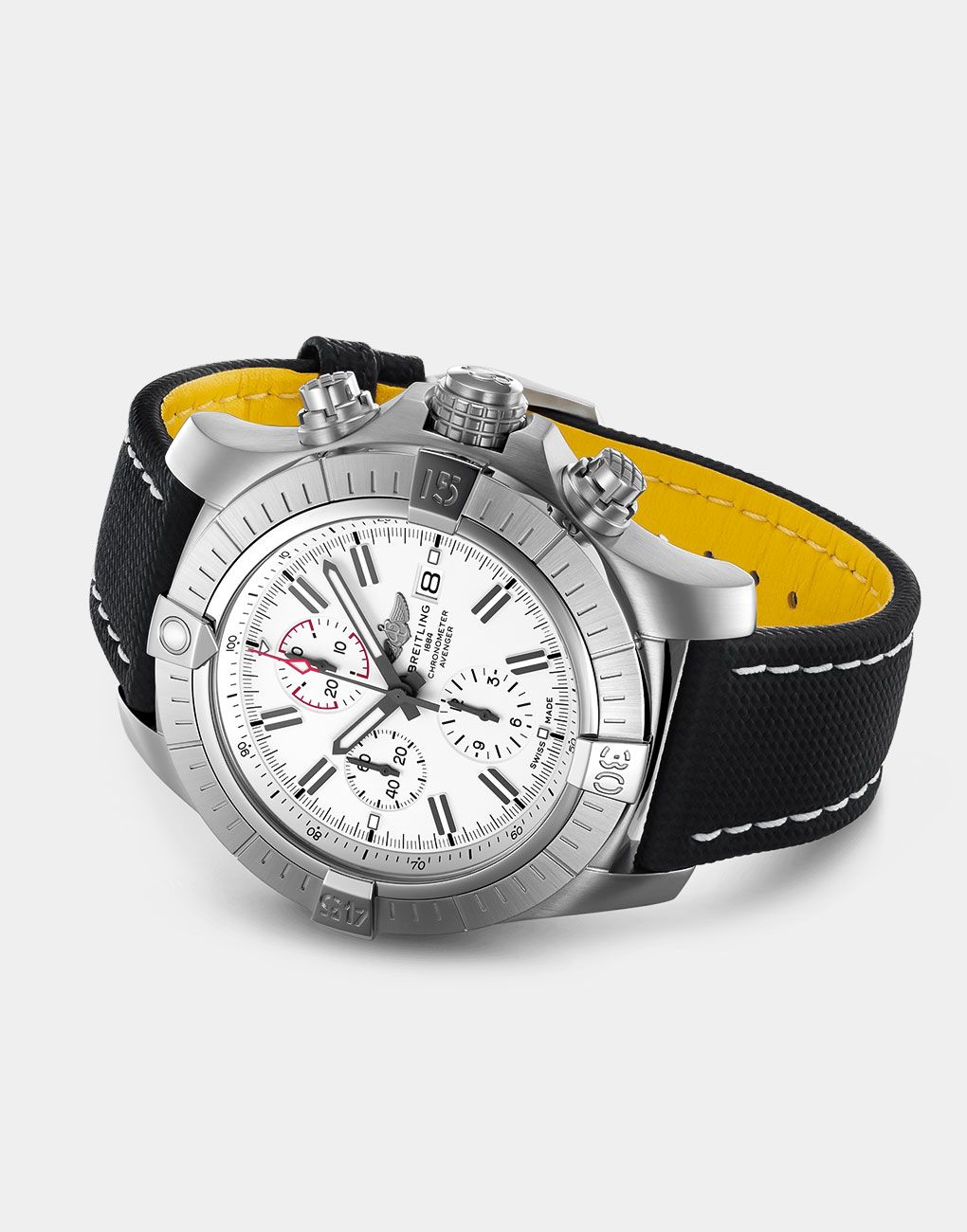
Epilogue
Today, almost every watchmaker have used the Valjoux 7750 in some form or the other. Although the ubiquity of this movement has led to some watch snobs dismissing it as a cheap and generic movement, no one can deny its instrumental role in shaping watchmaking history. The Valjoux 7750 might not be as refined as high-quality movements like the El Primero, but it’s particularly identified for its simple, robust architecture and a great cost-benefit ratio.





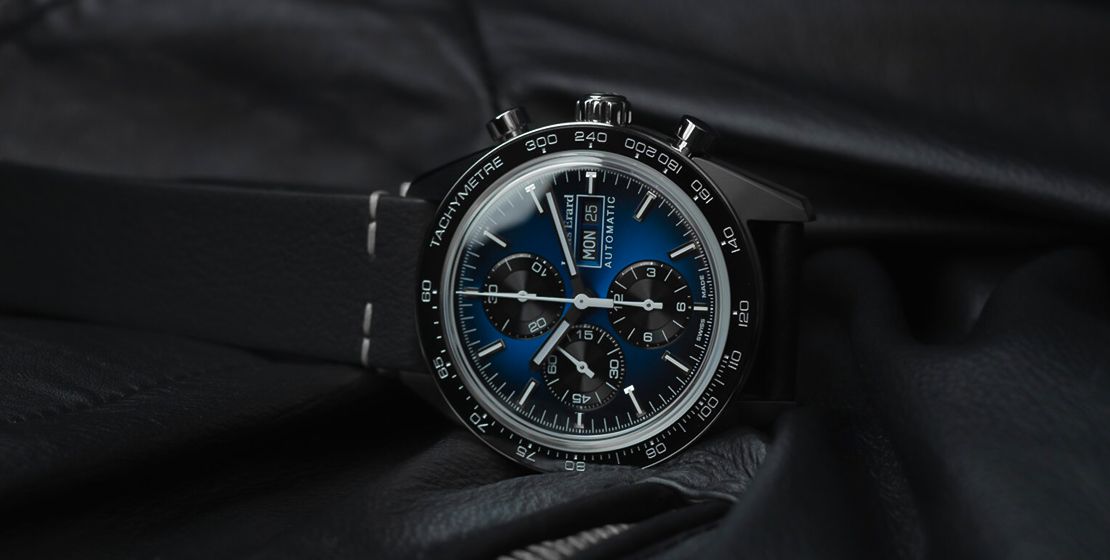
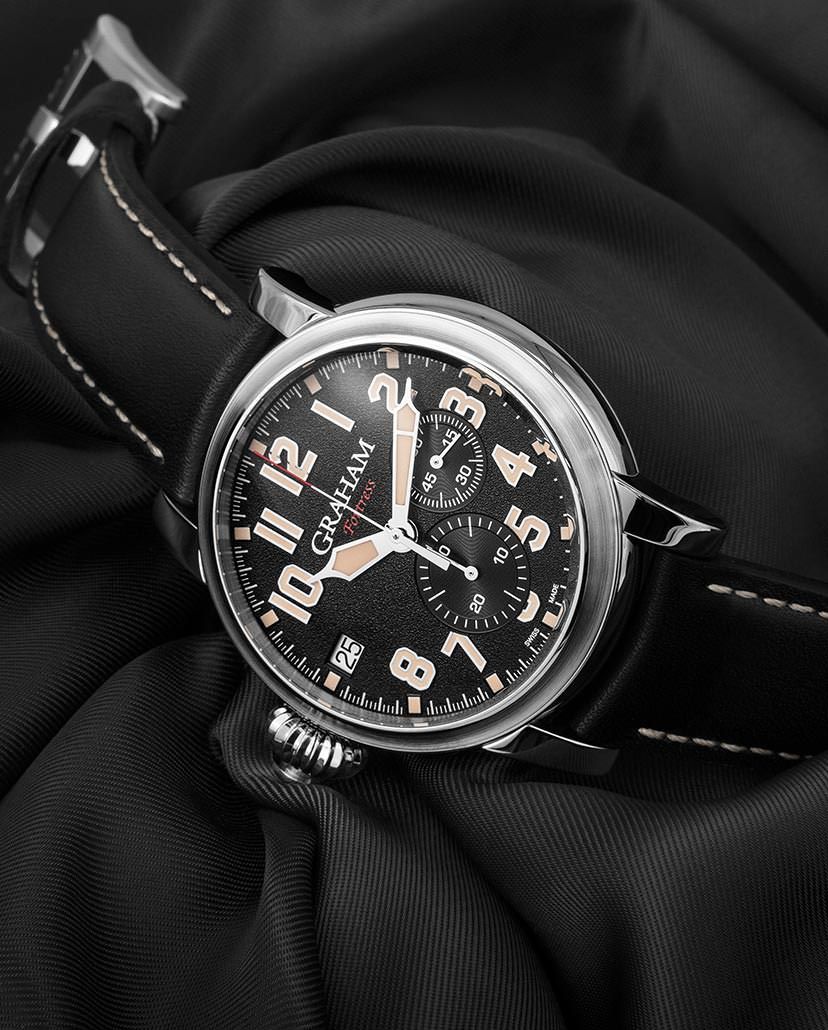
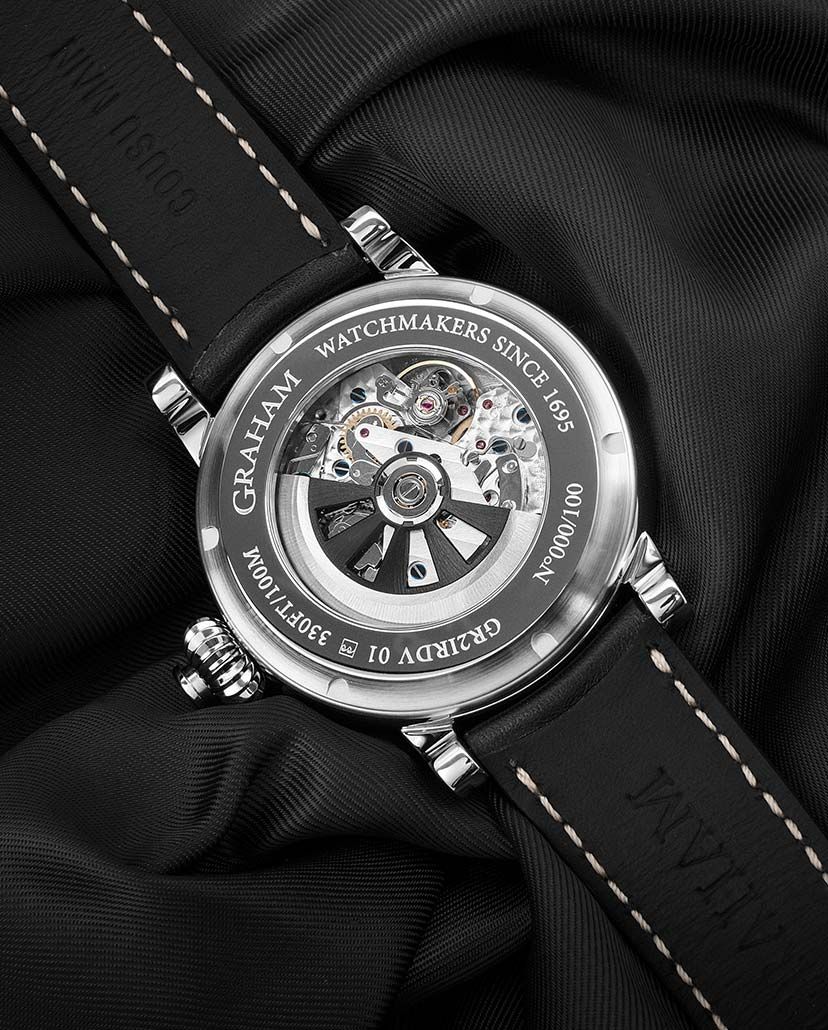

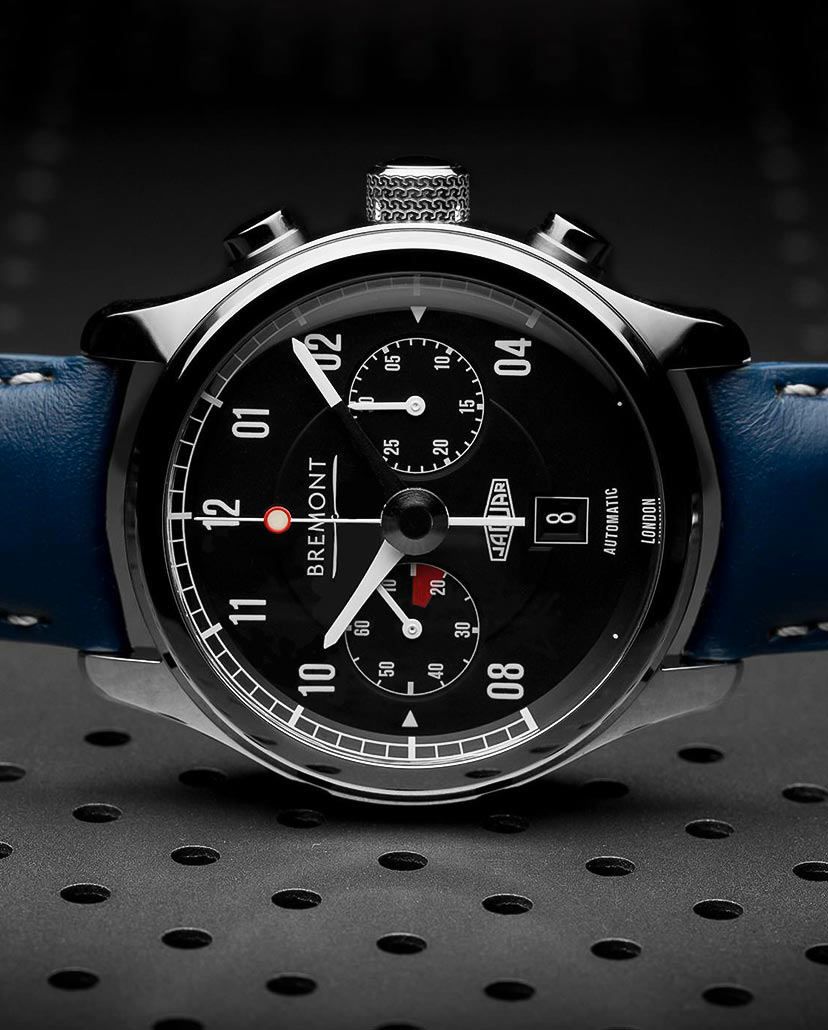
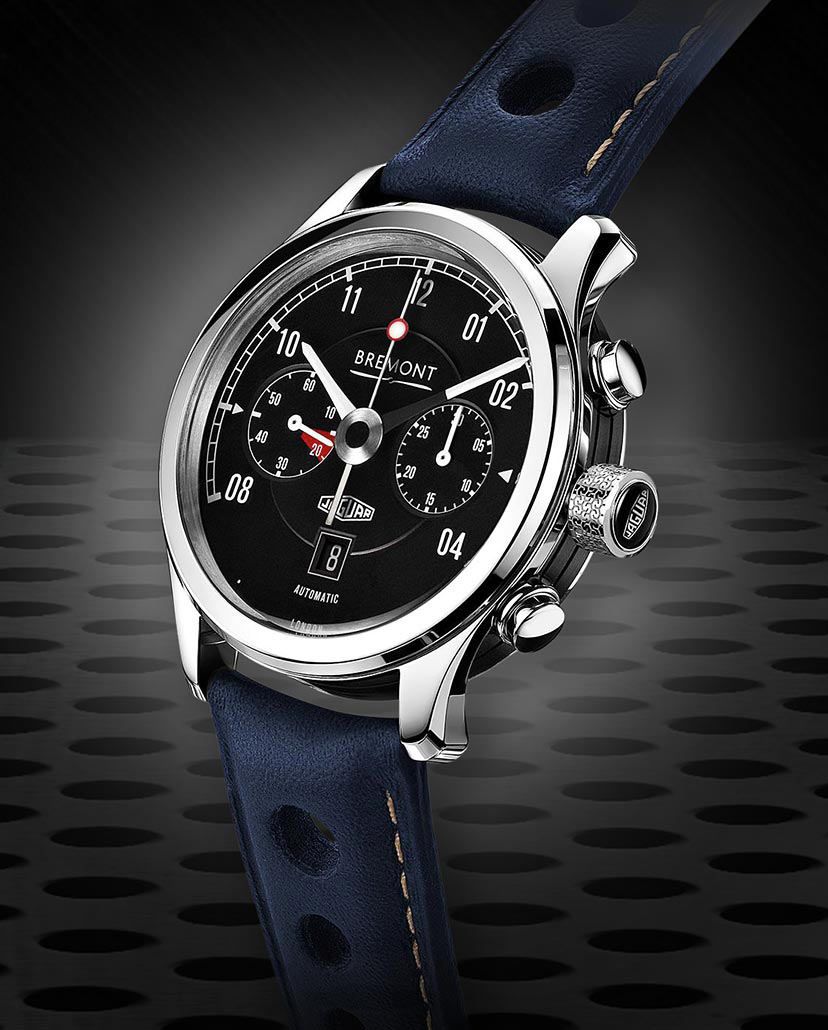
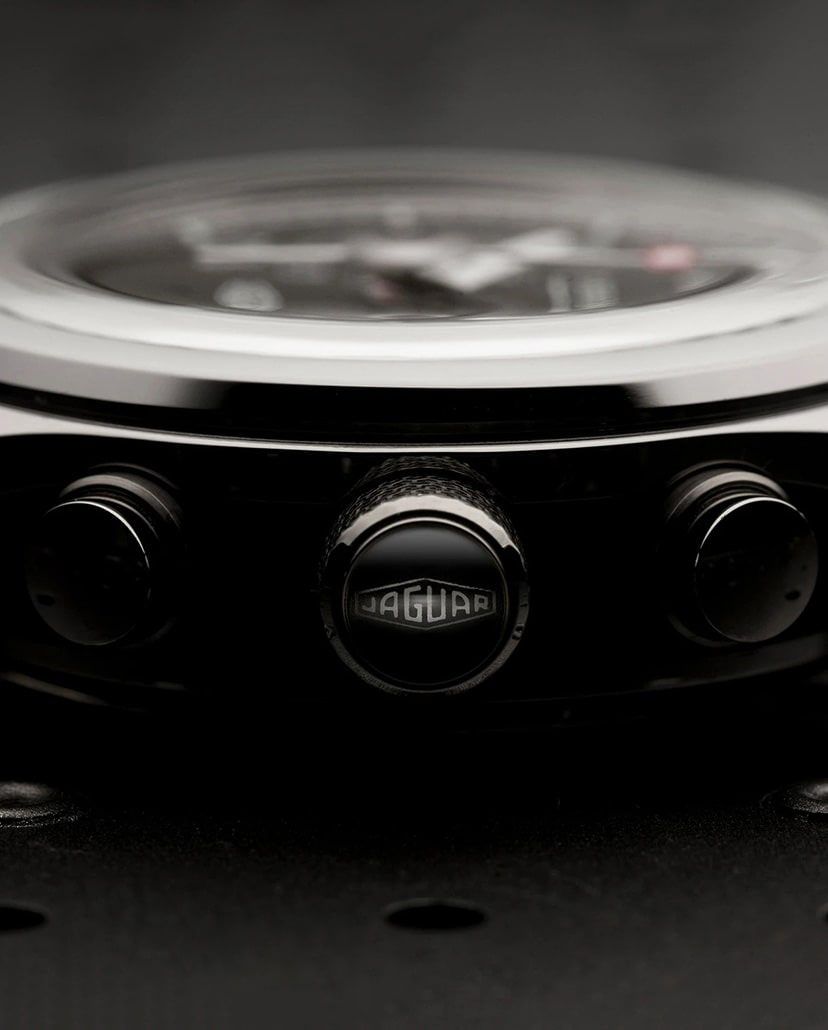
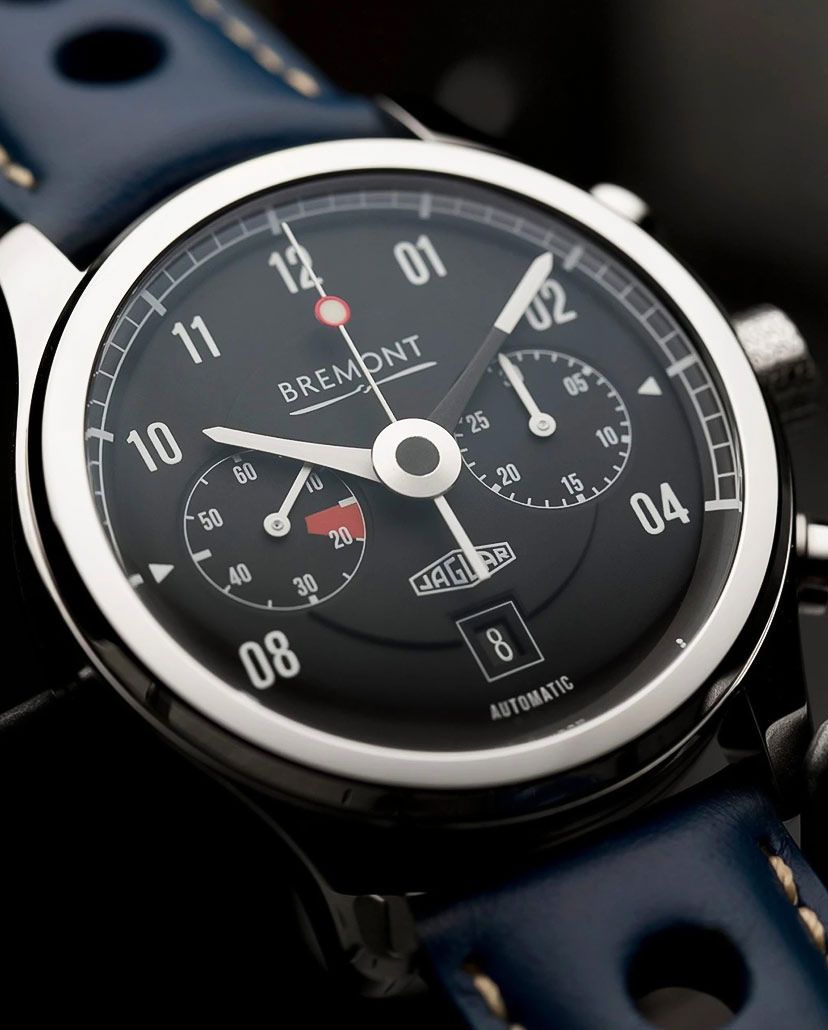



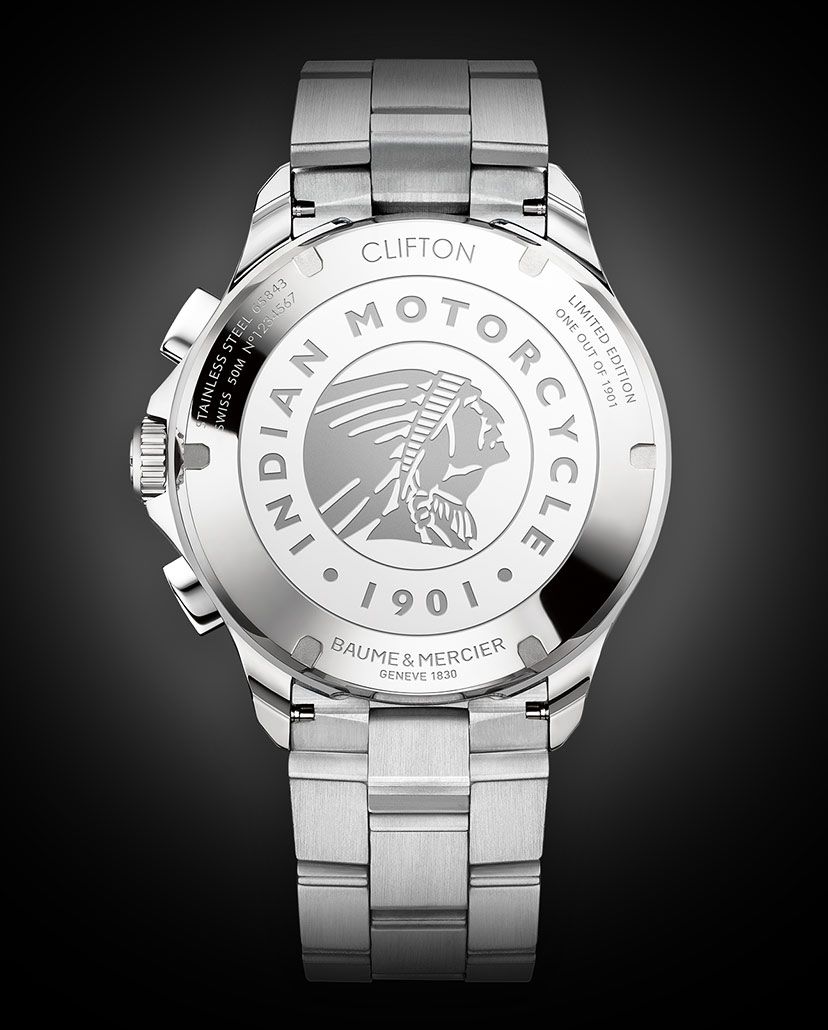











Enjoy all the good information and insight.